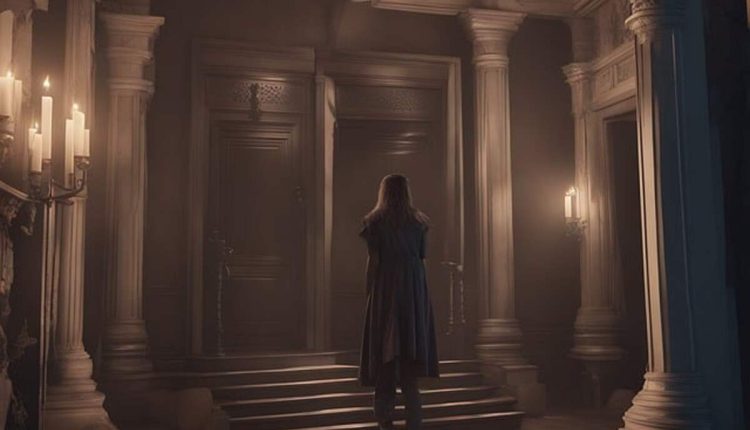Cryptic Ancient Texts Decoded
From ancient tablets to cryptographers’ efforts at deciphering an unfathomable code in a dead person’s book, unbreakable ancient texts have long fascinated linguists and cryptographers. We still hold mysteries for these nine inscriptions to unravel. The Amazing Fact about Unexplained Phenomena Explained.
The Voynich manuscript is one of the most captivating discoveries in writing history, its pages covered with intricate swirls and designs that seem incomprehensible but hint at a system of meaning that needs to be unlocked.
The Phaistos Disc
The Phaistos Disc is a two-sided circular clay piece inscribed with 241 symbols on one side. It was discovered in 1908 and dates back to circa 1700 BCE. The symbols appear to have been impressed using stamps, suggesting mass production. Although its interpretation has varied widely over time, careful structural analysis has revealed many exciting patterns within its text.
The Disc is generally considered to have Minoan origins due to the striking similarity between some of its symbols and popular artistic motifs seen there and others found alongside tablets written with Linear A script. Unfortunately, attempts at deciphering its meaning have proven fruitless; experts agree it likely cannot be understood without more examples from that type of script type.
Some scholars suspect the Phaistos Disc is an elaborate hoax, yet most scholars accept its authenticity. Brent Davis stands out among these as being skeptical; he suggests its symbols might resemble those found in undeciphered Linear A script and suggests there might be some relation to the Etruscan Magliano Disc (see our article for more detail). Unfortunately, there is no consensus as yet as regards what interpretation to place upon it and whether we ever really understand its factual significance or meaning will ever become possible.
The Voynich Manuscript
The Voynich Manuscript is a medieval book from unknown origins, carbon-dated back to the 1400s and full of handwriting in an unsolved language or cipher. The manuscript also features unusual images depicting naked women, alien plants, and zodiac symbols – yet scholars remain baffled. Scholars have often claimed it to be either a secret code for astrology, pharmacology, alchemy, or hoaxes perpetrated by alien astronaut theorists; alternatively claimed by alien astronaut theorists).
Wilfrid Voynich, a rare book dealer from Chicago, purchased it and gave it its current name after purchasing it from an Italian monastery where it had lain dormant for centuries. Though obscure, its illustrations have become something of an object of fascination for art history enthusiasts from medieval art to science fiction writers alike.
William Newbold, a philosopher who examined the manuscript during its early 1900s study period, claimed that microscopic patterns of ink contained the text’s valid message; this argument has since been discredited.
Modern cryptographers have attempted to decode the Voynich Manuscript through word recurrence analyses, N-gram relationships, and supervised learning algorithms, but all attempts have so far proven futile. Obtain the Best information about Mysterious Artifacts Discovered.
The Rongorongo Writing
Rongorongo, an indecipherable script found on Rapa Nui (more commonly known as Easter Island), has baffled experts for over 100 years. But recently, researchers at MIT’s Computer Science and Artificial Intelligence Laboratory implemented a novel approach to decoding Rongorongo that may aid other ancient texts as well.
Rongorongo Inscriptions were discovered in the 1860s and are thought to have been created by the Rapanui people of that era. Carved onto wooden tablets, these records of ritual were often used as records. One such tablet contains what may have been an early recording of one of Rongorongo’s most renowned monuments: stone heads called moai.
No one knows for sure how the islanders understood and used rongorongo; the last known Rapanui people familiar with them died before leaving any written records explaining them.
Experts have pieced together the meaning of these glyphs through educated guesses and comparison with other Polynesian artifacts. Many believe the rongorongo inscriptions serve not as an alphabet but more like cue cards to convey whole words or ideas; recently, two linguists published findings suggesting rongorongo may actually be more phonetically rich than previously recognized.
The Kushan Script
Since the 1950s, archaeologists have discovered items in Central Asia bearing an ancient script they could not read—commonly referred to as an unknown Kushan script—yet none could fully decipher it. Finally, in July 2023, scholars from Germany and Tajikistan announced they had partially decoded this ancient text.
Research for this project focused on analyzing a bilingual inscription found at Almosi Gorge in northern Tajikistan. The inscription contains both an unknown language and a section written in Bactrian; its breakthrough came thanks to a careful investigation by linguists from the University of Cologne and Tajik archaeologist Bobomullo Bobomulloev.
A number of characters in this latest decipherment match those found on other inscriptions dating from the last few centuries BCE through to the 7th century CE, suggesting they form part of one writing system. Furthermore, all these inscriptions share similar letter shapes and a diacritic system.
Researchers determined that the text was written right-to-left, identifying Vema Takhtu as its ruler of the Kushan Empire – an important figure who oversaw an empire stretching from Uzbekistan into northwest India and helped spread Buddhism throughout East Asia.


